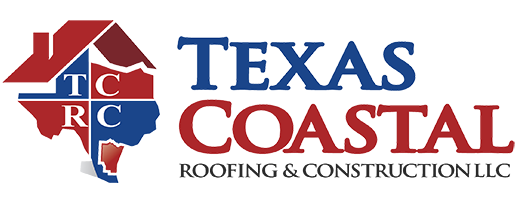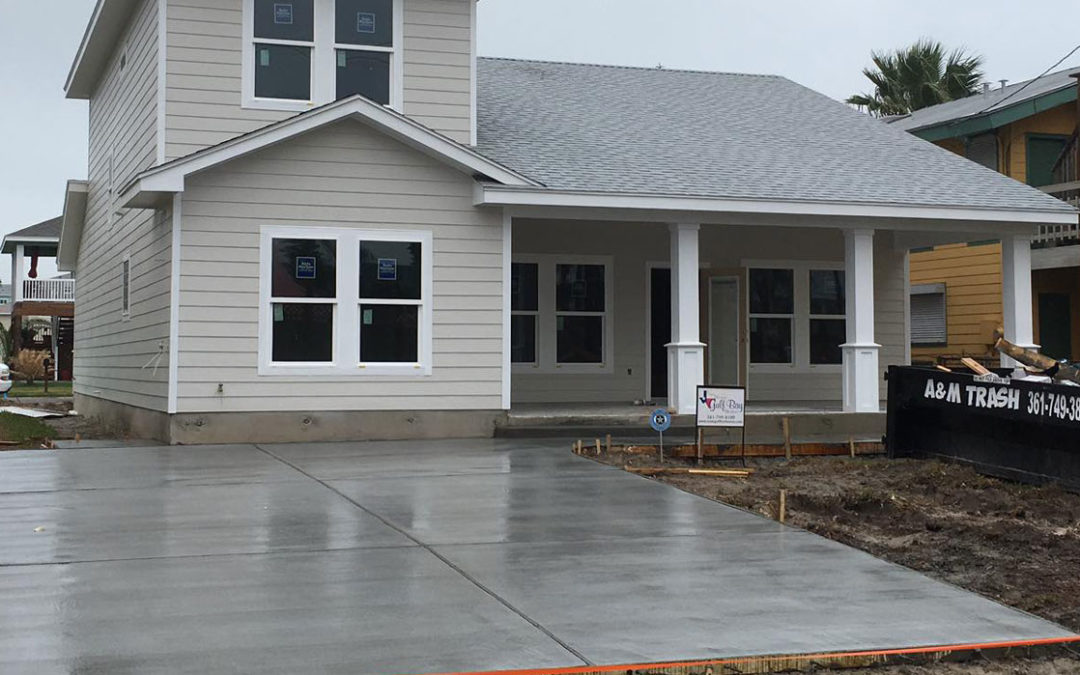When it comes to your roof, most people think about materials, durability, and aesthetics. However, one crucial factor that is often overlooked is the color of your roof—and how it affects your home’s energy efficiency. The color of your roof can have a significant impact on how much heat is absorbed or reflected, directly influencing your cooling and heating costs. In this blog, we’ll explore how roof color affects energy efficiency, how different colors behave in various climates, and how you can choose the best roof color for your home’s efficiency needs.
1. How Roof Color Affects Heat Absorption
Roof color plays a major role in how much heat your home absorbs from the sun. Darker roof colors, such as black, brown, or dark gray, tend to absorb more heat, while lighter colors, such as white, beige, or light gray, reflect more sunlight. This difference in heat absorption directly impacts the temperature inside your home, particularly in the attic and upper floors.
Dark Roofs: Dark-colored roofs absorb up to 90% of sunlight, converting it into heat. As a result, homes with dark roofs can become much hotter, especially in warmer climates or during the summer months. This can significantly increase the load on your air conditioning system and lead to higher energy bills.
Light Roofs: Light-colored roofs reflect the majority of the sun’s rays, keeping your home cooler. This reduces the amount of heat transferred into your attic and living spaces, which can help lower your cooling costs, particularly in hot climates.
2. Roof Color and Energy Efficiency in Different Climates
The climate where you live plays a key role in determining how roof color will affect your home’s energy efficiency. Let’s break it down by climate type:
Hot Climates:
In areas with hot weather, such as the southern U.S. or desert regions, light-colored roofs are more energy-efficient. They help reflect sunlight, reducing heat buildup and keeping your home cooler. This can lead to **substantial savings on cooling costs** during the warmer months. Materials such as metal or reflective coatings can enhance the benefits of a light-colored roof.
Cold Climates:
In colder climates, such as the northern U.S., a dark-colored roof may actually be more energy-efficient. By absorbing heat from the sun, a dark roof can help warm your home, reducing the demand on your heating system during the winter months. However, it’s important to note that while dark roofs can offer some heating benefits, the savings are generally less significant than the cooling benefits provided by light roofs in hot climates.
Mixed Climates:
If you live in a region with both hot summers and cold winters, choosing the right roof color becomes more complex. In these cases, homeowners may want to consider **roofing materials with reflective coatings** that can help reduce heat absorption in the summer without drastically affecting winter performance.
3. Energy-Saving Roofing Materials
Beyond color, the type of roofing material you choose can also impact your home’s energy efficiency. Here are some energy-efficient roofing options that can enhance the effects of your roof color:
Cool Roofs: Cool roofs are specifically designed to reflect more sunlight and absorb less heat. They come in various colors (even dark shades) and are coated with reflective materials that make them more energy-efficient than traditional roofs.
Metal Roofing: Metal roofs are naturally reflective and can be an excellent option for energy efficiency. They come in a wide range of colors and are highly durable, providing great long-term value. A light-colored or reflective metal roof can significantly reduce cooling costs in hot climates.
Clay and Concrete Tiles: These materials are excellent at insulating your home, and when paired with lighter colors, they can reflect heat effectively. They are often used in Mediterranean and desert-style homes for their energy-saving properties.
Asphalt Shingles with Reflective Granules: Asphalt shingles, one of the most common roofing materials, can be made more energy-efficient by adding reflective granules. This helps reduce heat absorption while maintaining the familiar look of traditional shingles.
4. Cool Roof Technology
Many roofing manufacturers now offer **cool roof technology**, which enhances the reflective properties of your roof regardless of color. Cool roofs can be made from a variety of materials, including shingles, tiles, and metal, and they are designed to reflect more sunlight and absorb less heat than standard roofing products.
Benefits of Cool Roofs:
– Lower cooling energy use.
– Improved indoor comfort, especially during hot weather.
– Reduced roof temperature, which can extend the life of your roof.
– Decreased heat island effect in urban areas, which helps reduce air pollution and greenhouse gas emissions.
If you live in a hot climate, a cool roof could be a great investment that provides significant long-term savings on energy costs while reducing your environmental impact.
5. Choosing the Right Roof Color for Energy Efficiency
When selecting a roof color, it’s essential to balance aesthetics with energy efficiency. While it’s important to choose a roof color that complements the style of your home, you should also consider how that color will impact your energy bills.
Here are some tips to help you make the best decision:
Consider Your Climate: As mentioned, your local climate is one of the most important factors in determining the best roof color. Light colors are ideal for hot climates, while darker colors may be better suited for cold regions.
Check for Reflective Options: Many roofing materials now come with reflective coatings that can make even darker colors more energy-efficient. Look for roofing products labeled as “cool roofs” or with high solar reflectance ratings.
Think About Long-Term Costs: While you might love the look of a dark roof, if you live in a hot climate, you’ll likely pay more in cooling costs over the life of your roof. Choosing a more energy-efficient color may save you more money in the long run.
Aesthetics and Curb Appeal: Roof color significantly impacts the overall look of your home, so it’s important to choose a color that enhances your home’s curb appeal. Light-colored roofs tend to look better on modern or Mediterranean-style homes, while darker roofs often complement traditional or colonial-style homes.
6. Government Incentives and Energy-Efficiency Rebates
In some areas, installing energy-efficient roofing materials, including cool roofs, may make you eligible for government incentives, tax credits, or utility rebates. Check with local programs or consult with a professional roofer to see if there are financial benefits available to you for choosing energy-efficient roofing options.
The color of your roof plays a significant role in your home’s energy efficiency, influencing how much heat is absorbed or reflected. By understanding how different roof colors perform in various climates and pairing them with energy-efficient materials, you can make an informed decision that saves on energy costs, improves your home’s comfort, and enhances its overall appearance. Whether you opt for a light-colored roof to reflect heat in hot climates or a darker shade to absorb warmth in cold regions, choosing the right roof color is an important step toward making your home more energy-efficient and environmentally friendly.
If you’re unsure which roof color or material is best for your home, consulting with a professional roofing contractor can provide valuable guidance and ensure you make the most energy-efficient choice.
Contact Us
Texas Coastal Roofing and Construction can help you maintain your roof’s excellent condition. We offer a variety of services. Call us today at (361) 332-1263to learn more. We serve the Corpus Christi coastal bay area including Portland, Rockport, Port Aransas, McAllen, North Padre Island, Kingsville, Mathis and more!


Recent Comments